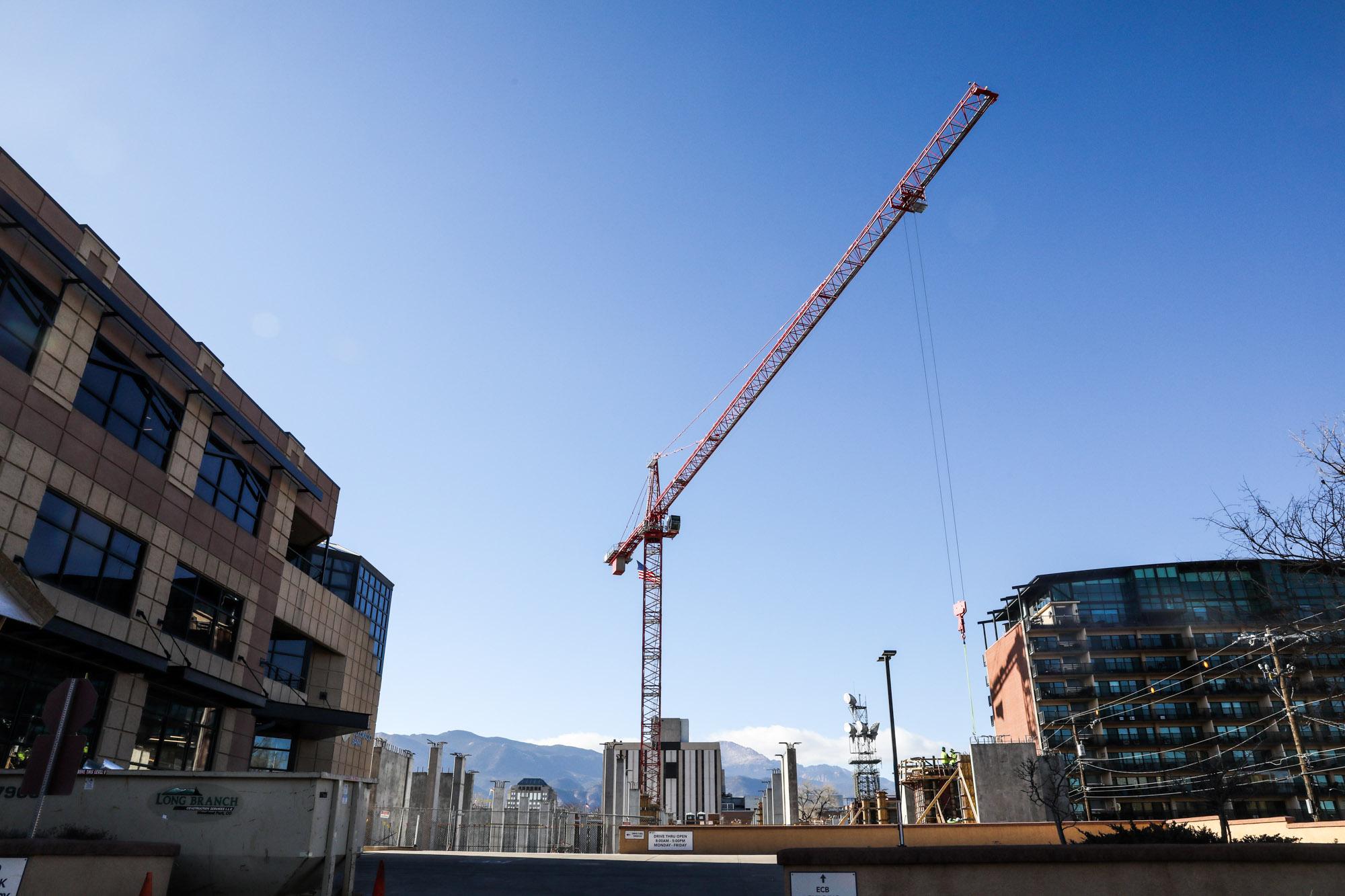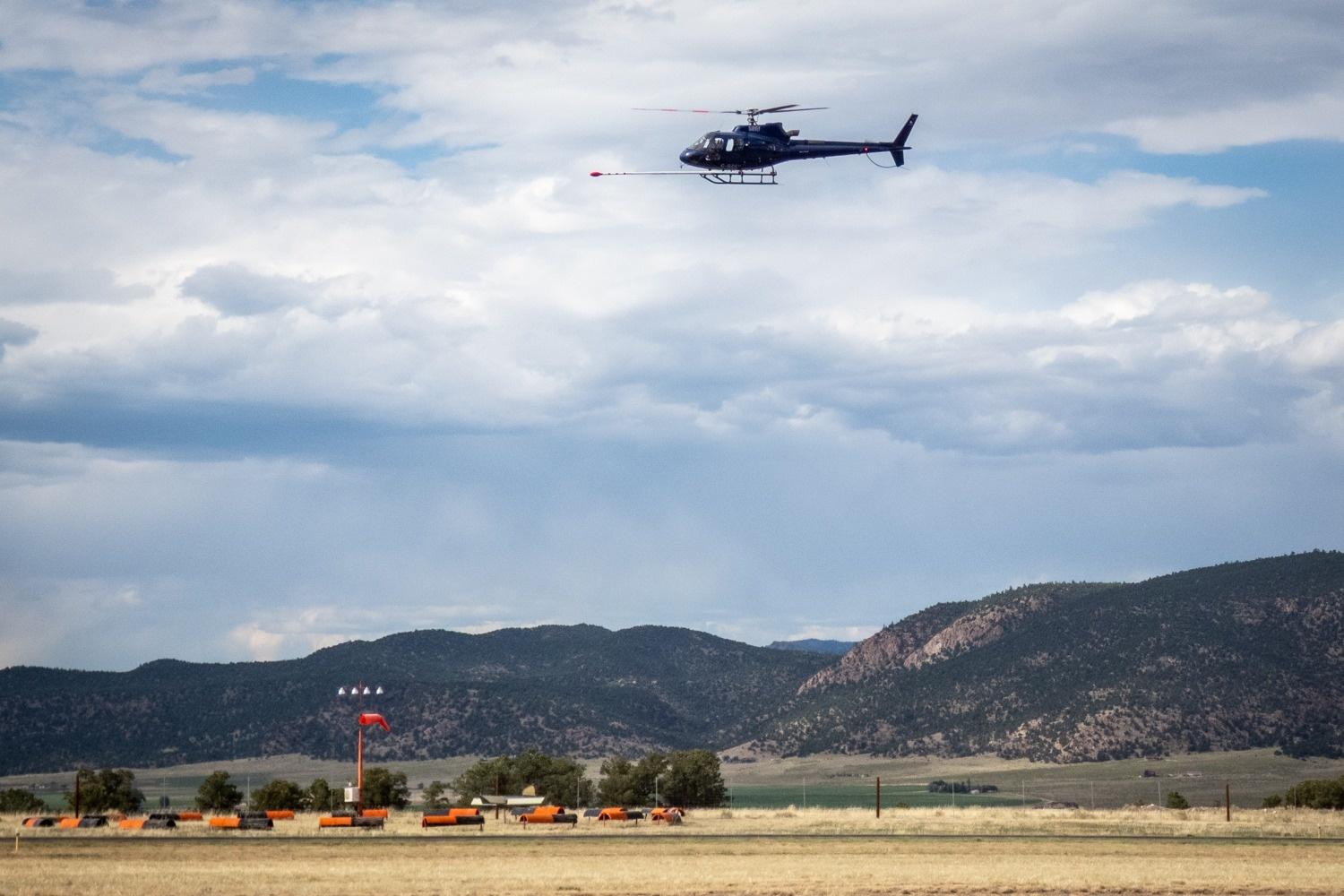
Colorado’s state lawmakers are preparing to debate the largest state spending package on housing in recent history, fueled by $400 million of federal money earmarked to respond to a housing shortage that has worsened in the pandemic.
State Sen. Julie Gonzales said it was a “once in a generation” opportunity and described a bipartisan effort to spend the money, which comes from federal COVID-19 relief American Rescue Plan Act.
“We took the time. We did the homework,” said Gonzales, vice chair of the task force that drafted the spending proposal.
The housing package is equal to what the state might spend on housing over a decade or longer at its previous rates. Until recently, the state government contributed only a relatively small amount of money toward affordable housing, with much of the effort driven by municipalities instead.
“The state is now going to be a substantial partner in those efforts,” said state Rep. Dylan Roberts, also a Democrat. At the same press conference, lawmakers also discussed a similar $450 million proposal to spend ARPA money on behavioral health.
The housing plan, which must be approved by the full legislature, largely reinforces the traditional approach to below-market housing: subsidizing projects that offer lower rents and sale prices to people who make less than a certain income threshold or meet other criteria.
Under the proposal, the state would provide grants, loans and tax credits to encourage the construction of designated affordable housing by nonprofits, developers and government agencies. It also includes money to help people buy the mobile home parks where they live, saving them from corporate takeovers and potential displacement.
That money could jumpstart projects around the state, lawmakers said. For example, the Yampa Valley Housing Authority recently bought 500 acres near Steamboat Springs with the help of an anonymous donor, but needs more money to build on that land.
It’s unclear how many units might be built around the state, and how quickly — the task force did not provide estimates in its final report — but state Sen. Rachel Zenzinger expects projects to be funded and underway quickly.
“It is my belief that the moment we distribute these funds, there will be change, instantly, the next day. And the reason for that is because we’re partnering with our local governments and nonprofit organizations that have shovel-ready projects,” said Zenzinger, a Democrat and task force member, in an interview.
The proposal also includes smaller amounts of money to ramp up housing construction. Some of the grants and loans might be targeted toward cities that encourage more development through pro-density and pro-growth policies. And the task force wants to spend money to support the prefabricated housing industry, which could make it cheaper and faster to build everything from mobile homes to apartments.
The housing proposal includes:
- $150 million for loans to support affordable housing projects and the maintenance of existing housing. As the loans are repaid, the money can be loaned out again, making this a permanent pot of funding. This money could be used to fill gaps in the finance plans for affordable projects that already have other backing too. It also could support Gov. Jared Polis’ plans for incorporating green energy in affordable housing.
- $150 million in grants for nonprofits and local governments for affordable housing. This could include gap financing, maintenance, rental assistance, and more.
- $35 million to support land banks, resident-owned mobile home communities and more.
- $40 million for an “innovative housing incentive program” that will support the prefabricated housing industry, from mobile home construction to 3D printing and other technologies that can speed up construction while lowering the cost.
- $25 million for a “middle income access program” that will support housing development for people making up to 120 percent of an area’s median income. This “missing middle” group is generally excluded from the main federal program that supports affordable housing.
The task force endorsed two other strategies focused specifically on homelessness, though it endorsed them as good ideas. Those proposals support the construction of more permanent supportive housing and the conversion of motels and hotels into transitional or long-term housing for people recovering from homelessness, incarceration and more. They could receive federal funding under recommendations from other groups focused on behavioral health and economic recovery, Roberts said.
The housing group chose to focus money instead on quickly producing more housing overall, Zenzinger said.
Democrats praised the plan as a consensus bipartisan effort; there were four Republican lawmakers on the task force, along with six Democrats, plus government agency leaders and a subpanel of housing experts. But no Republican lawmakers spoke at the press conference on Monday.
“Our members were invited and told they wouldn’t be able to speak. We’re not interested in photo ops for their campaigns while they put our bills in the kill committee,” said Sage Naumann, spokesman for the Senate Republicans, in a text message.
(He was referring to a Republican proposal that would limit the use of anti-growth restrictions by cities, he said. The party is still fighting to save that bill, which would also discourage other limits on land use.)
Democrats said they didn’t invite Republican speakers because they wanted to keep the press conference short by limiting speaking roles to the housing and behavioral health groups’ chairs and vice chairs, who are Democrats.
While it’s set to be a record investment in housing, this funding also comes as construction costs are running high amid a hot economy. The task force warned that its recommendations couldn’t reverse the housing crunch, which has been driven in part by a sharp drop in housing construction in the 2010s, economic inequity and the ongoing influx of new residents from even more expensive regions of the country.
“We know that the recommendations in this report will not solve Colorado’s affordable housing crisis completely but we believe they will be a transformational step forward,” the report states.
Separately, the behavioral health plan also would divide its funding among several priorities, including:
- $110 million for children, youth and family services.
- $65 million for adult inpatient and residential care.
- $65 million to steer people away from being arrested or jailed with early intervention and other strategies.
- $80 million to expand the workforce for the state’s behavioral health system.
- $44 million to improve the coordination of care in the behavioral health system, among other priorities.
- $35 million to integrate primary care with behavioral health care.
- $35 million in grants to local governments and other organizations to address gaps in care.
- $5 million to renovate the Southern Ute behavioral health facility.








